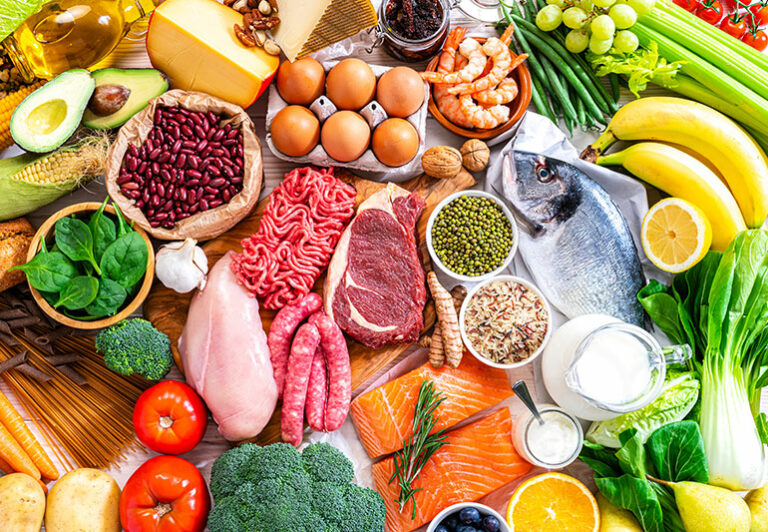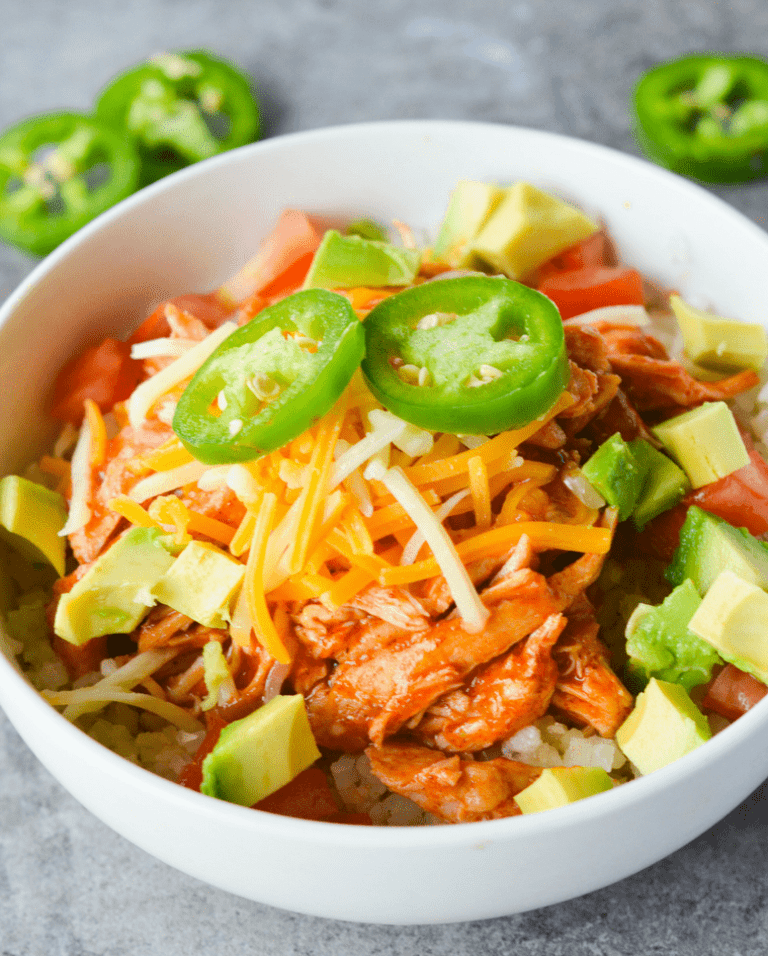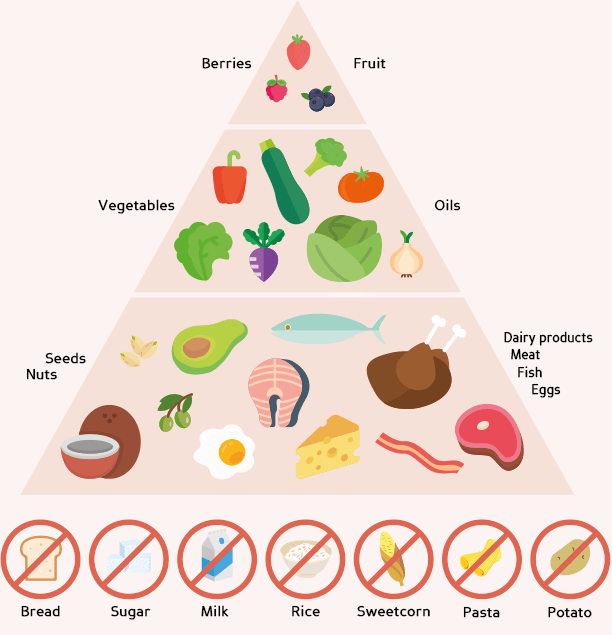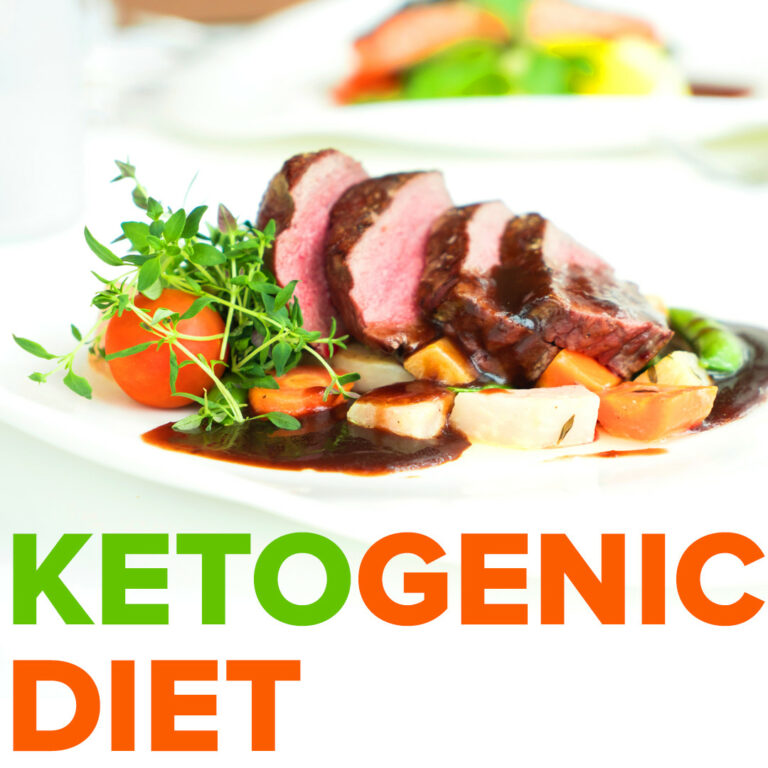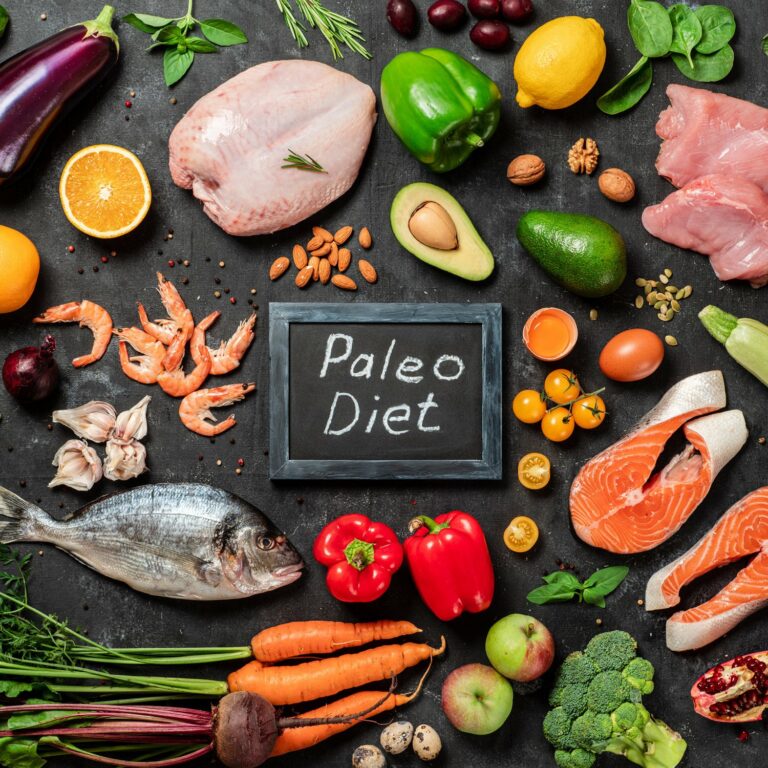A Guide to Flexitarian diet plan
Author: Rose Stella
Rose Stella
Category: Neutrinos
Tags: health, flexitarian, diet, fitness, meat
Flexitarian Diet Plan
Flexitarian Diet Plan is a detailed program using the flexitarian diet. A Flexitarian diet is also known as a Semi-vegetarian diet. As the name implies it is a diet that, the flexitarian diet is a combination of the words “flexible” and “vegetarian” in its most basic form. It’s a cross between full veganism and vegetarianism, with the option of occasionally eating animal products.
Losing weight is a very taxing job. You’ll feel like you have to let go of a lot of things. Like, eating your favorite burger and ice creams. But, it is a price to pay to enjoy a healthy and fit life. Then, there comes the Flexitarian diet, a complete middle ground to staying healthy but still being able to enjoy your guilt foods.
Dietitian Dawn Jackson Blatner developed the Flexitarian Diet to assist people to realize the benefits of vegetarianism while still enjoying animal products in moderation.
As a result, the name of this diet is derived from a combination of the words “flexible” and “vegetarian.”
Vegans avoid all meat, fish, eggs, dairy, and animal-derived food products, while vegetarians avoid meat and some other animal foods.
Flexitarians are not vegetarians or vegans because they consume animal products.
The Flexitarian Diet has no hard and fast guidelines or suggested calorie and macronutrient amounts. It’s more of a way of life than a diet.
Flexitarian Diet Plan tenets:
- Fruits, vegetables, legumes, and whole grains should make up the majority of your diet.
- Concentrate on plant-based protein rather than animal-based protein.
- Be willing to experiment with meat and animal products from time to time.
- Consume foods that are as natural as possible.
- Sugar and sweets added to your diet should be kept to a minimum.
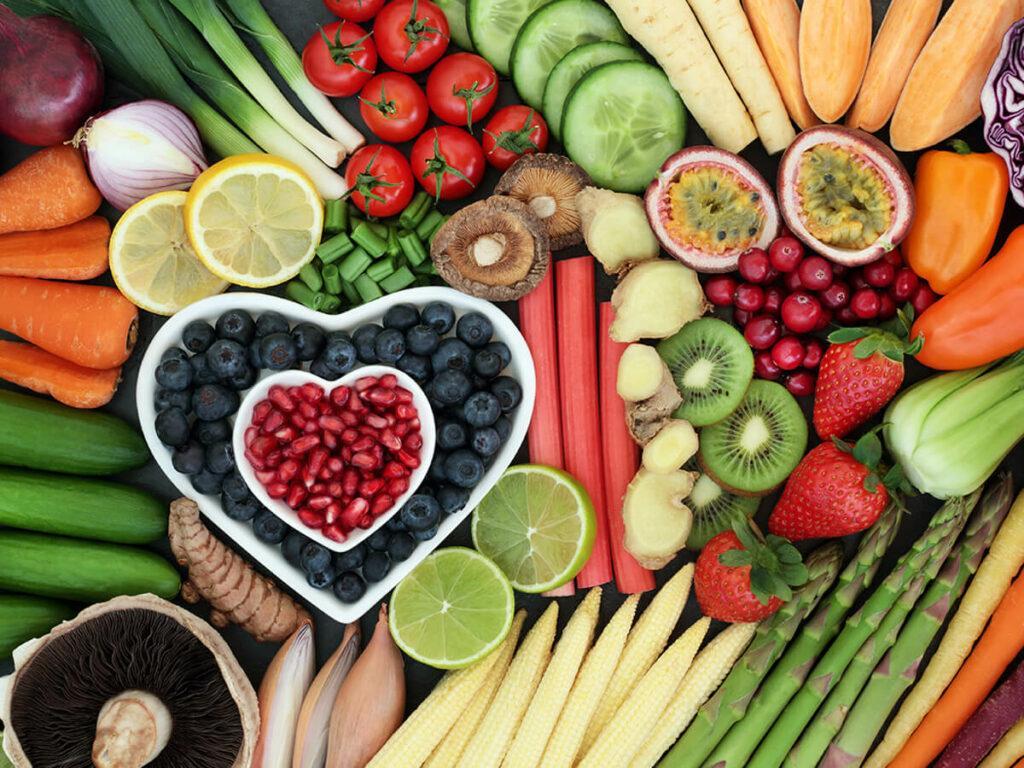 {: class="img-fluid"}
{: class="img-fluid"}
The Flexitarian Diet is a popular choice for people who want to eat healthily because of its flexibility and focus on what to include rather than limit.
Dawn Jackson Blatner, the creator of The Flexitarian Diet, explains how to begin eating flexitarian by integrating particular amounts of meat per week in her book.
It is not, however, necessary to follow her precise guidelines in order to begin eating in a flexitarian manner. On the diet, some people may consume more animal products than others.
Overall, the idea is to consume more nutrient-dense plant foods while consuming less meat.
If you eat meatless for the majority of the time, you’ll lose weight and get healthy quickly. The Flexitarian Diet’s goal is to achieve this.
According to author and dietician Dawn Jackson Blatner, eating mostly plant- based foods is a sensible way to lose weight. But she understands that not everyone is eager to go completely vegetarian. Flexitarians consume far less meat than non-flexitarians.
What You Can Consume
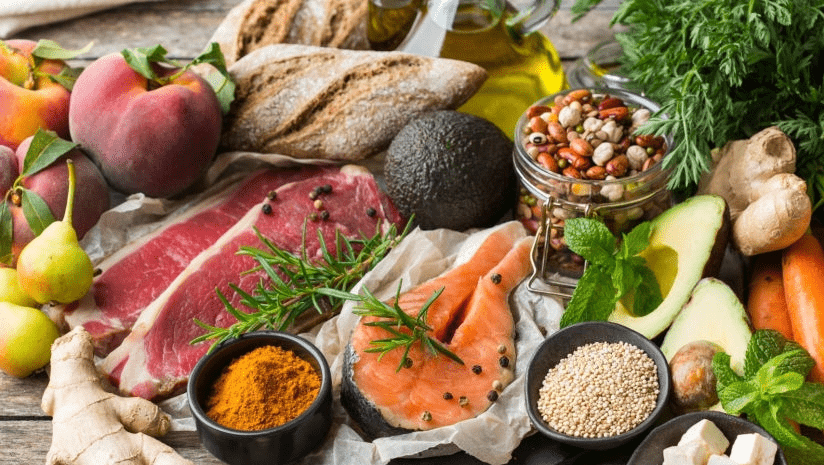
Nothing is off-limits, but the idea is to increase the amount of plant-based items in your diet while reducing the amount of meat you consume.
If you have two meatless days per week, Blatner considers you a beginner flexitarian (26 ounces of meat or poultry per week). Advanced flexitarians abstain from eating meat three to four times per week (18 ounces of meat or poultry a week). Experts recommend going meatless five or more days per week (9 ounces of meat or poultry).
Effort Level: Moderate
The Flexitarian Diet encourages you to go meatless more often, although little steps are fine. To avoid feeling overwhelmed, Blatner recommends making at least one shift per day.
Limitations: If you’re hesitant to consume more vegetables or try new protein sources, this diet might not be right for you.
Meal preparation is kept simple. It is essential to stock up on fresh produce on a regular basis and get to know your way around the kitchen. No canned or packaged foods or meals.
It’s imperative that you exercise. Just for excellent health, you’ll need to be active for 30 minutes most days. If you want to lose weight, increase your workout time to 90 minutes on most days.
Is it flexible enough to accommodate dietary restrictions or preferences?

Yes. The “flex” in flexitarian refers to the fact that it is all about choices. Though this isn’t a gluten-free diet, you should be able to eat gluten-free foods.
Despite the fact that fresh food can be costly, vegetarian proteins such as tofu, beans, etc. are often less expensive than meat and fowl.
You don’t need any help because you can complete this strategy on your own. There are no official groups, but Blatner encourages people to buddy up (especially when it comes to fitness).
It can aid weight loss, but how much you eat still matters.
Vegetarians weigh less than meat-eaters. Plus, plant-based foods like fruits and vegetables are high in nutrition and low in calories, making them essential components of a heart-healthy diet.
Although becoming a vegetarian does not ensure weight loss, increasing your intake of plant-based foods can benefit your health in a variety of ways.
Is It Beneficial in Certain Situations?
Following the flexitarian diet plan lowers the chances of heart disease, high blood pressure, high cholesterol, and diabetes. Plant-based meals are often low in saturated fat and cholesterol-free.
The Last Word
One of the diet’s advantages is that it can assist anyone in eating a more nutritious, plant-based diet. As a result, you may be able to better control your weight and your health.
The diet’s flaw is that it may not provide enough structure or advice for persons who need to reduce weight quickly due to health-related issues.
It also doesn’t show you how to incorporate higher-fat animal items into your diet in a healthy way.
This is the appropriate strategy for you if you want to progressively incorporate more plant-based foods into your diet without committing to becoming a full-fledged vegetarian. The dishes are straightforward and aimed for novice cooks.
If you’re comfortable with your meat-eating habits or if you’re already a vegetarian with advanced cooking skills, this book may not be for you.







